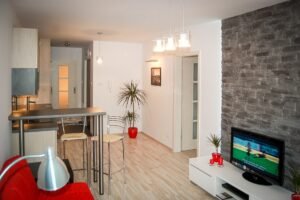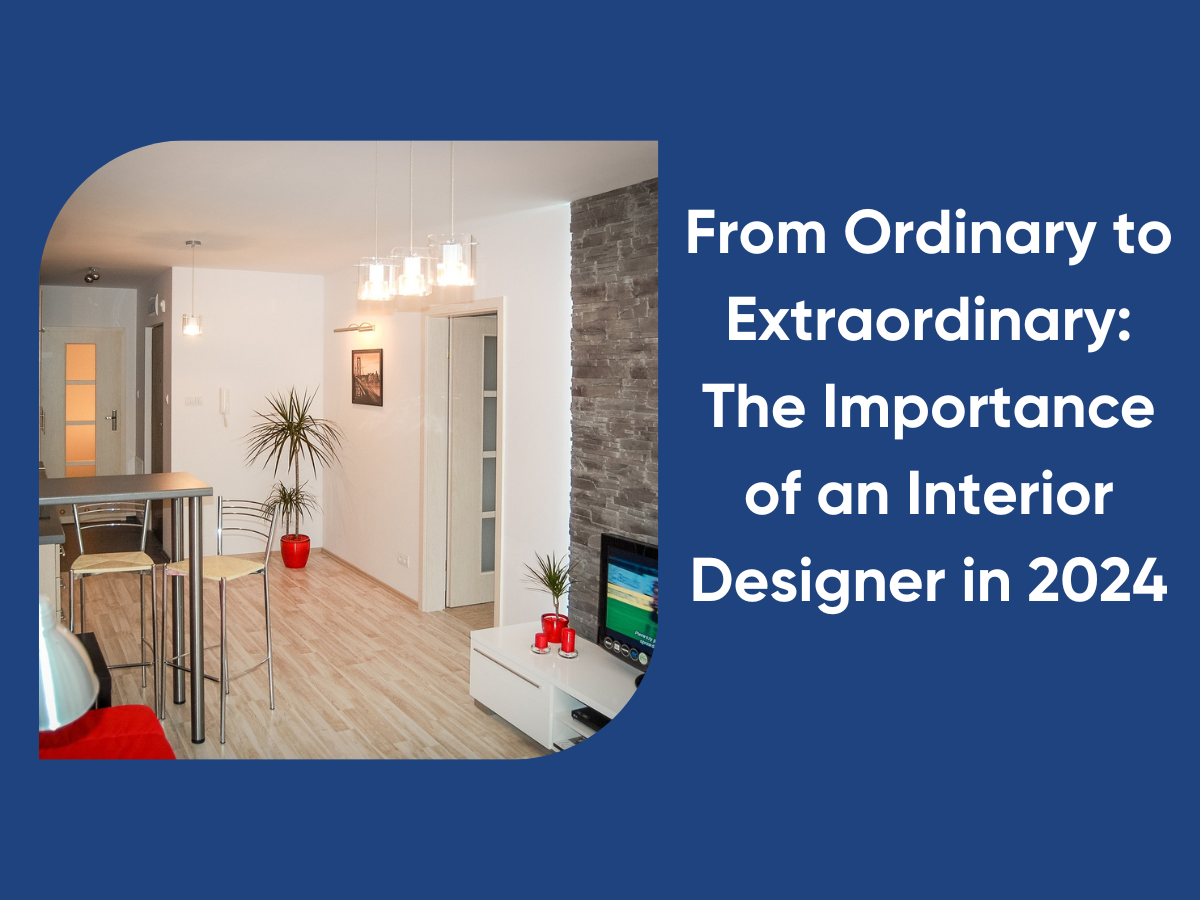What is Interior Design?
Interior design is the science and art of uplifting the interior of a space to achieve an aesthetically pleasant and more healthy environment for the people using the space. It involves the selection and arrangement of furniture, decorations, color schemes, lighting, and other elements to create a functional and visually appealing space.
Interior designers utilize their creative and technical skills to transform an empty space into a livable and enjoyable area that meets the needs and preferences of the client. They consider factors such as the purpose of the space, the intended occupants, and the desired mood or atmosphere, while also adhering to building codes and regulations. Interior design can be applied to residential, commercial, hospitality, and other types of spaces.
Who is an interior designer?
An interior designer is a professional who specializes in the art and science of enhancing the interior spaces of a building or a room. They work to create functional, aesthetically pleasing, and safe environments that meet the needs and preferences of the occupants. Interior designers consider factors such as space planning, color schemes, furniture selection, lighting design, and other elements to create harmonious and well-designed interiors. They may work on residential or commercial projects and often collaborate with architects, contractors, and clients to bring their vision to life.

Why is interior design important?
Interior design is important for several reasons:
- Functionality: Interior design helps to optimize the space available and improve its functionality. It carefully considers the placement of furniture, fixtures, and equipment to ensure that the area is efficiently used and meets the needs and activities of the occupants.
- Aesthetics: A well-designed interior creates a pleasant and attractive environment. It utilizes color schemes, textures, lighting, and other design elements to enhance the visual appeal of a space. A visually appealing space can have a positive impact on the mood, emotions, and overall well-being of individuals.
- Comfort: Interior design focuses on creating a comfortable living or working environment. It takes into account aspects such as ergonomic furniture, proper lighting, acoustics, and temperature control to ensure that people feel at ease when spending time in the space.
- Safety: Interior design considers the safety and well-being of the occupants. Designers ensure that the space meets building codes, fire safety regulations, accessibility requirements, and other safety standards. This includes considerations for proper ventilation, electrical wiring, and other important factors that contribute to a safe environment.
- Personalization: Interior design allows individuals to express their personal style and preferences. It helps to create a space that reflects the identity and taste of the occupants, making it a more enjoyable and personalized living or working environment.
- Increased productivity: Well-designed spaces have been linked to increased productivity and efficiency. A thoughtfully designed office, for example, can improve workflow and collaboration, leading to better performance and outcomes. Similarly, a well-designed home can create an environment that promotes relaxation and productivity.

How interior design can impact your mood,productivity, and overall well-being?
Interior design can have a significant impact on your mood, productivity, and overall well-being by creating a space that is visually appealing, comfortable, and functional. Here are a few ways in which interior design can influence these aspects of your life:
- Mood enhancement: The choice of colors, patterns, and lighting in interior design can greatly affect your mood. Vibrant and bright colors can create an uplifting and energetic atmosphere, while softer hues can induce relaxation and calmness.
- Increased productivity: A well-designed space can enhance your productivity by improving the functionality and organization of your surroundings. Proper organization and efficient layout can minimize distractions and make it easier to focus on tasks.
- Stress reduction: A clutter-free and well-organized space can have a positive impact on your mental well-being. When your surroundings are visually pleasing and free of clutter
- Improved creativity: Interior design can enhance creativity by providing inspiration and creating a conducive environment for brainstorming and ideation.
5. Better sleep quality: The interior design of your bedroom directly affects your quality of sleep. Creating a calming and soothing environment with soft lighting, comfortable bedding, and a clutter-free space can help promote better sleep hygiene, leading to improved overall well-being.


